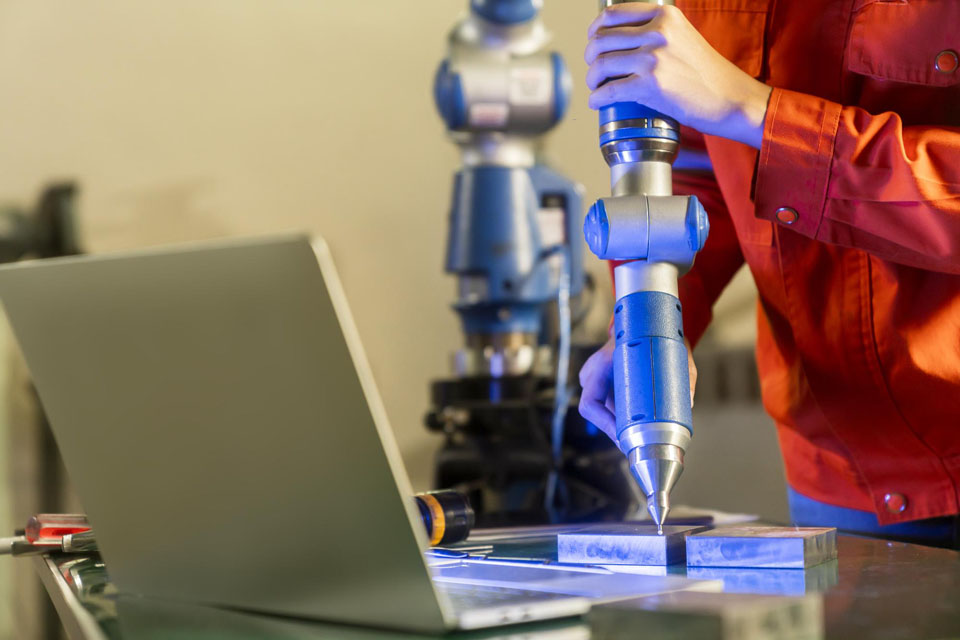Additive manufacturing, often known as 3D printing, has transformed several industries, including medical devices. Because it can produce complicated and one-of-a-kind items, it has opened up new avenues for producing medical devices such as limbs, implants, and surgical tools.
In this blog, we will assess the significance of 3D printing in the medical device industry and how it alters how healthcare is provided. 3D printing is influencing the future of healthcare in numerous ways, from cheaper prices to improved health outcomes for individuals.
Introduction
Medical device manufacturing is one of the fastest-growing industries in the world. The global market for medical equipment will be valued at $634 billion by 2025. The industry is expanding because more people are developing chronic illnesses, the population is aging, and more people are seeking non-invasive therapies.
3D printing is a quickly evolving technology beginning to impact the medical equipment industry significantly. 3D printing provides several advantages over conventional manufacturing methods, including intricate shapes, personalized items, and products that can be manufactured as required.
The Evolution of 3D printing in the realm of medical devices
The first medical device manufactured using 3D printing was created in the early 1980s. A human jawbone was replicated using stereolithography. This technique was later utilized to create implants and prosthetic limbs. In the early 2000s, 3D printing was used to create custom-made patient gadgets.
The first 3D-printed prosthetic was created in 2006. Following this, in 2007, the first 3D-printed device was released. Today, 3D printing creates various medical products, including implants, limbs, and drug-releasing devices.
The medical device sector is the fastest-growing 3D printer market. In 2017, the global market for 3D-printed medical items was valued at around $1.9 billion. This figure is expected to rise to $6.28 billion by 2025.
Future applications of 3D printing in medical equipment.
There are several applications for 3D printing in the medical device industry, and the list is expanding as technology advances. Here are four potential applications for 3D printing in the medical device industry in the future:
Customized Surgical Instruments
Medical gadgets may be 3D printed to suit each patient’s physique. This might imply that operations would take less time and encounter fewer issues.
Customized prostheses and implants
When prostheses and implants are created via 3D printing, they may be customized to match each patient. This might make the replacement or implant more pleasant and improve its performance, resulting in greater outcomes.
Individualized drug dosages
Drug doses may be tailored to each patient’s requirements via 3D printing. This might lead to improved therapies with fewer negative side effects.
3D-printed organs
Although this is still in its early stages, 3D printers may one day be used to print parts for donations. This might eliminate the requirement for organ donors and significantly impact the lives of transplant recipients.
Benefits of 3D Printing in the Medical
In recent years, 3D printing has become popular for producing goods. It has a broad variety of applications in the medical device industry. Here are five advantages of using 3D printing to create medical devices:
- Improved design flexibility: 3D printing creates more complex shapes and designs than were previously possible. This is very useful when designing implants or gadgets for a specific individual.
- Faster prototyping: 3D printing allows you to create samples fast and efficiently. This may assist in expediting the development of new medical goods.
- Reduced production costs: 3D printing may be less costly than traditional manufacturing methods, particularly in small numbers.
- More precision: 3D printing can create highly precise and homogenous components, which is critical for ensuring medical devices are safe and functional.
- Increased patient involvement: 3D printing allows for the creation of custom-made implants and devices for each patient. This may result in greater outcomes and a more pleasant experience for the patient.
The Challenges of 3D Printing in the Medical Device Industry
Several issues must be resolved before the technology can be widely used in the medical device industry.
- Cost: 3D printing technology is currently rather costly, and 3D-printed medical devices are sometimes more expensive than conventional ones.
- Regulatory approval: Because 3D-printed medical devices are subject to the same laws as conventional devices, bringing innovative products to market isn’t easy.
- Intellectual property: The intellectual property rights for 3D-printed medical equipment are still being worked out, making it difficult for enterprises to secure their investments in innovative items.
Conclusion
3D printing is an integral aspect of the medical device manufacturing process. It is used to create one-off items, small quantities, and samples. The technique is utilized to create pieces that are unique to each individual.
This is critical because it allows for the speedier and less expensive development of new medical equipment. 3D printing is being utilized to create one-of-a-kind equipment and prostheses. This is because it allows for the creation of pieces that are unique to each individual.





